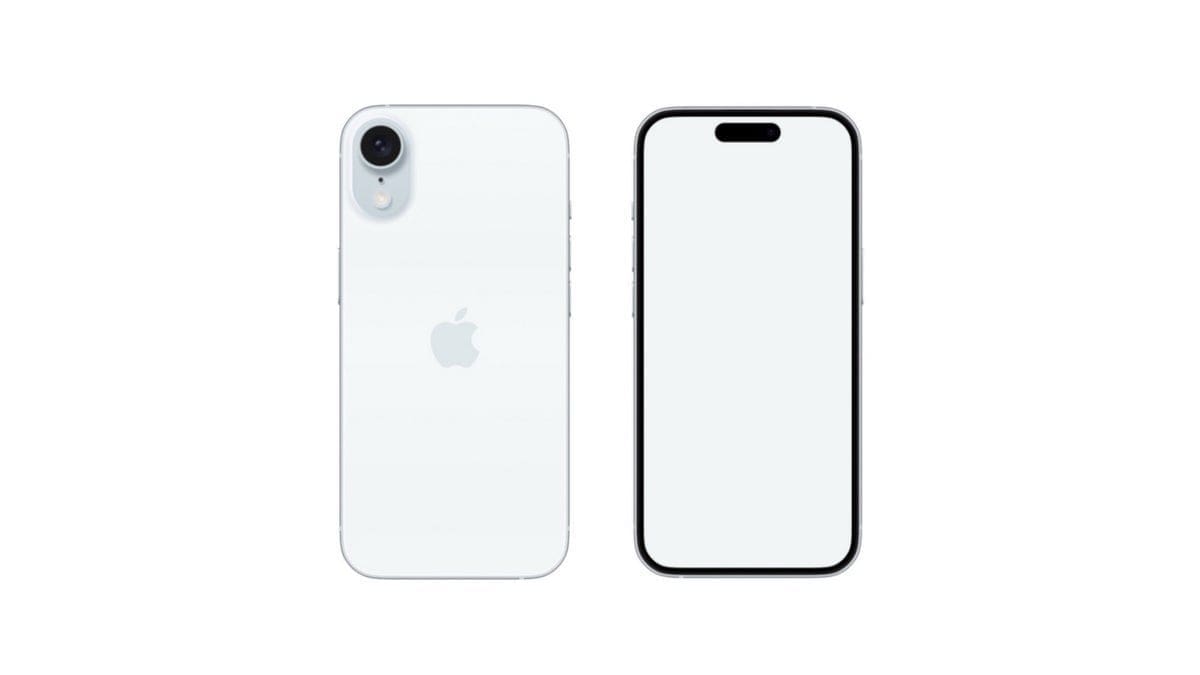The camera is one of the most essential features in a smartphone. We use it for capturing memories, video chatting, sharing stories on social media, and more. While some users prioritize other aspects of their smartphones, the camera remains a crucial element. This is why most people have replaced their point-and-shoot cameras with their smartphone.
But what makes a smartphone camera good or bad? Despite using similar Sony sensors, smartphones heavily rely on software for image enhancement. This means we often judge the quality of a smartphone camera based on its software post-processing rather than its hardware.
At Phones Canada, we have been testing and reviewing smartphone cameras since 2008. Our thorough benchmark tests ensure that our reviews provide an accurate representation of how these cameras perform in real-world scenarios.
Here’s a quick guide to help you understand what makes a bad smartphone camera bad and what makes a good smartphone camera stand out:
Dynamics:
– Refers to the difference between the lightest and darkest areas in a photo
– A wide dynamic range allows for capturing more details in both bright and dark areas
– A narrow dynamic range leads to unpleasant effects like burned highlights and crushed shadows
HDR:
– High Dynamic Range technology automatically captures multiple photos at different exposures
– It intelligently stitches these photos together to create an image with balanced lighting
– Bad phone cameras may produce HDR halos, flat objects, or unrealistic colors
Color Science:
– The realism and accuracy of colors are subjective but essential for overall photo quality
– Color accuracy, skin tone representation, and white balance are important factors to consider
– Vibrant and natural colors contribute to a visually appealing photo
Sharpening:
– Oversharpening can lead to jagged edges or unnatural-looking details in photos
– Striking a balance between sharpening and natural details is crucial for high-quality images
Noise Reduction:
– Every smartphone uses noise reduction algorithms to reduce graininess in photos
– Striking a balance between noise reduction without sacrificing fine details is important
– Overzealous noise reduction can make photos look unnatural or cartoonish
App Experience:
– A user-friendly camera app with accessible features enhances the overall photography experience
– Focus speed, accuracy, stability, and shutter speed play vital roles in capturing high-quality images
In conclusion, understanding these key elements will help you identify what makes a modern smartphone camera “good” or “bad”. With this knowledge, you’ll be able to appreciate the nuances of smartphone photography at every gathering (even if you don’t get invited).










